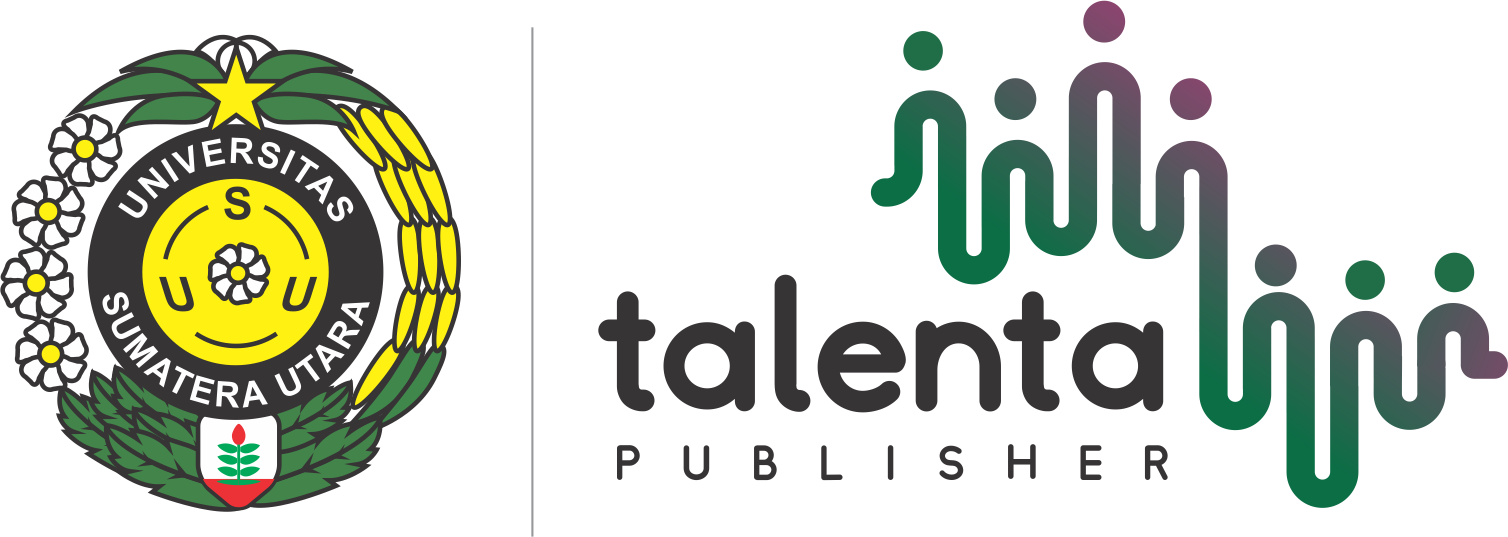The Impact of Humor as A Teaching And Learning Strategy in The Literacy Skills Program on Increasing The Number of Visits to The Library of Universitas Sumatera Utara
| Authors | ||
| Issue | Vol 4 No 2 (2021): Talenta Conference Series: Local Wisdom, Social, and Arts (LWSA) | |
| Section | Articles | |
| Section |
Copyright (c) 2021 Talenta Conference Series: Local Wisdom, Social and Arts (LWSA)  This work is licensed under a Creative Commons Attribution-NonCommercial-NoDerivatives 4.0 International License. |
|
| Galley | ||
| DOI: | https://doi.org/10.32734/lwsa.v4i2.1196 | |
| Keywords: | literacy skill humor library Universitas Sumatera Utara | |
| Published | 2021-09-30 |
Abstract
The purpose of this article is to determine the effect of using humor as a teaching and learning approach in the Literacy skills program on the number of visitors to the University of North Sumatra's Library. The descriptive quantitative approach was utilized in this study, with a sample size of 100 participants, mainly new students who participated in the Literacy Skill program and visited the USU Library. Data collection was accomplished through the use of questionnaires, interviews, and a documentation study. The findings indicated that using humor as a teaching and learning approach in the Literacy skills program had a substantial beneficial effect on increasing library visits at the University of North Sumatra. The use of real-life examples of humor in literacy programs demonstrates that instructors have successfully integrated a set of best practices and methods into library instruction sessions, e.g., humorous examples, animations/cartoons, and narrative, with minimum risk. Based on a sense of humor, this strategy will assist in introducing more, promoting the library atmosphere, and encouraging visits and usage of library resources.






